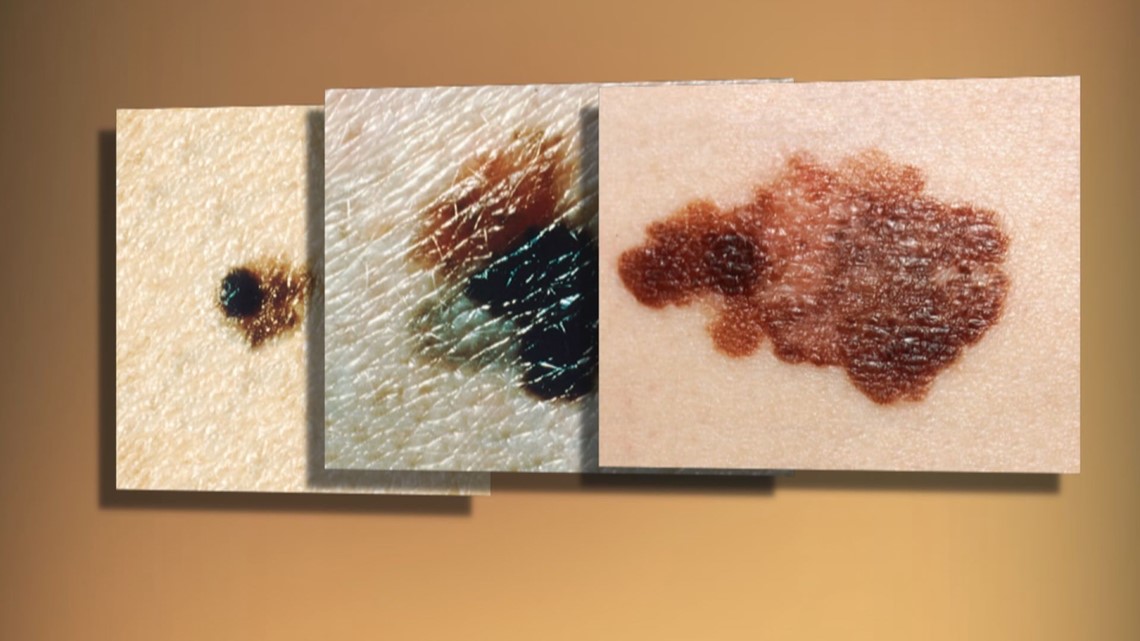Friday was the first full day of summer and dermatologists are warning people how dangerous direct sunlight can be when it comes to developing skin cancer.
Dr. Carley Fowler is a dermatologist in Knoxville and said if she could go back in time to tell her younger self to stay out of the tanning bed, she would do it in an instant.
"I wish I could take back every second. I was a tanner. I laid in the tanning bed and I was very dark," Dr. Fowler said.
Now, she treats patients daily and some of them come in with one of three types of skin cancer.


"The first and most common type is called basal cell carcinoma," Dr. Fowler said.
This particular type doesn't spread to the rest of the body and can be removed easily. Usually, you'll find red, scaly and shiny spots on the head and neck.
"The second most common skin cancer is squamous cell carcinoma and that is also a good type of skin cancer to have," Dr. Fowler said.
This type looks similar to basil cell, but the difference is it can spread quicker. Neither of these types are as severe as the third type: melanoma.
People of all ages can get melanoma and it forces skin cells to multiply rapidly and form malignant tumors.
"If you have a family history of melanoma, that's more likely to be passed down generation to generation," Dr. Fowler said.
Melanoma is almost always curable when caught early enough, but you have to know what to look for.
"Melanoma tends to be more brown and that's what we see with abnormal moles," Dr. Fowler said.
Dr. Fowler said if you see anything abnormal on your skin you should make a dermatology appointment.
A common misconception she hears is that because someone quit tanning they aren't at risk anymore.
"That's not true. The unfortunate truth is that once you've done the damage, it's with you for life," Dr. Fowler said.

